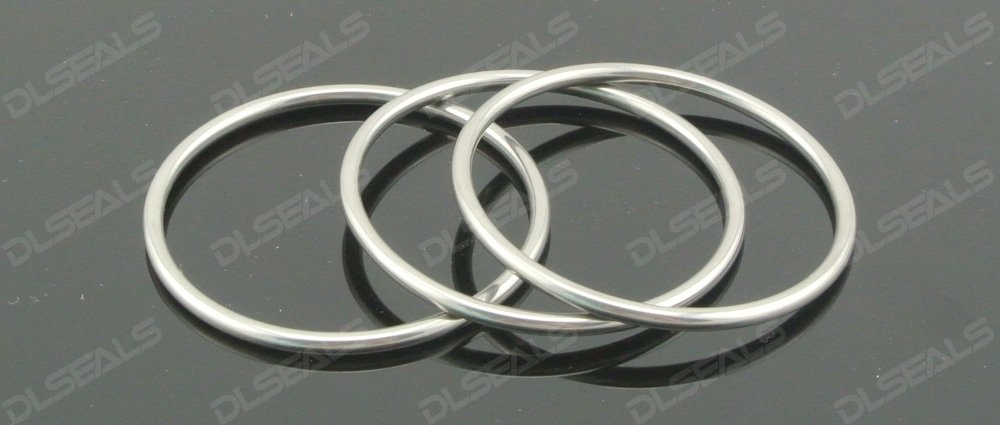News
A2023-12-28

In various industrial applications, metal O-rings are often used to seal and connect pipes, valves, pumps and other equipment. To ensure their reliability and stability, welding is a common manufacturing process. This article will provide an in-depth introduction to the process flow of welding metal O-rings, paying special attention to the welding process.
Process overview
The process flow of welding metal O-rings usually includes the following key steps:
Design and Preparation: Detailed design and preparation is required before welding. This includes selecting appropriate metal materials, determining O-ring size and shape, and preparing welding equipment and tools.
Clean surface: The success of welding is closely related to the cleanliness of the workpiece surface. Before welding, the O-ring and its surrounding area must be thoroughly cleaned to remove grease, oxides, and other substances that may affect the quality of the weld.
Select welding method: Choose the appropriate welding method according to specific needs. Common welding methods include arc welding, argon arc welding, laser welding, etc. For metal O-rings, argon arc welding is commonly used because it can provide higher welding quality and smaller deformation.
Set welding parameters: Set appropriate welding parameters, such as welding current, voltage, welding speed, etc., according to material type, thickness and welding method. This ensures ideal fusion during the welding process.
Carry out welding: Carry out the actual welding operation according to the predetermined welding parameters. When welding metal O-rings, it is necessary to ensure that the position of the welding point is accurate and the weld quality is excellent to ensure sealing performance.
Post-weld treatment: After completing the welding, carry out necessary post-weld treatment work, such as removing welding slag, surface treatment, etc. This helps improve the corrosion resistance and aesthetics of the welded joint.
Quality inspection and testing: Carry out quality inspection and performance testing of welded joints. This can include visual inspections, X-ray inspections, penetrant inspections, etc. to ensure the welding meets expected standards and requirements.
Welding process of argon arc welding
TIG welding is a method commonly used for welding metal O-rings. Its main welding processes include:
Equipment preparation: Ensure that welding equipment, argon tanks and other equipment are in normal working order.
Clean the work area: Clean the work area and ensure that the surrounding environment is clean and tidy to prevent impurities from entering the welding area.
Install the O-ring: Place the O-ring in the welding position, make sure it fits tightly, and secure it with clamps and other tools.
Set welding parameters: Set appropriate parameters such as welding current, voltage, and argon gas flow according to the material and environmental conditions.
Perform argon arc welding: start the welding equipment, heat the metal through the arc, and at the same time protect the welding area with argon gas to prevent the entry of oxygen and other impurities. After welding is completed, shut down the welding equipment in time.
Post-weld treatment: Clean the welding area, remove welding slag and bad welding parts to ensure the quality of the weld.
Quality inspection and testing: Carry out necessary quality inspections, including appearance inspection and performance testing, to ensure that the welding meets the requirements.
Through the above detailed welding procedures, the quality and reliability of welded metal O-rings can be ensured and meet the needs of different industrial fields. In actual operations, paying attention to safety regulations and improving operating skills will help improve welding efficiency and product quality.